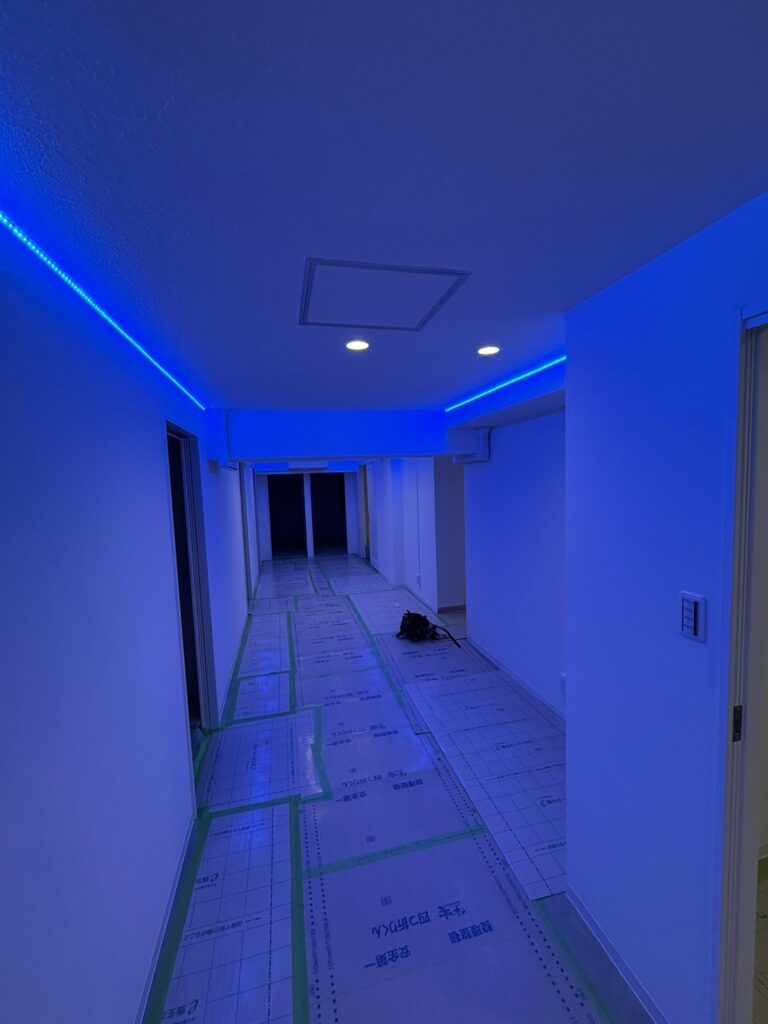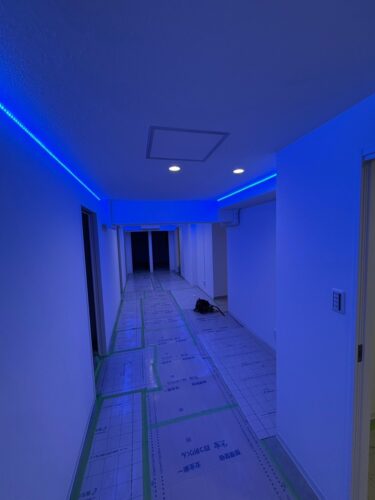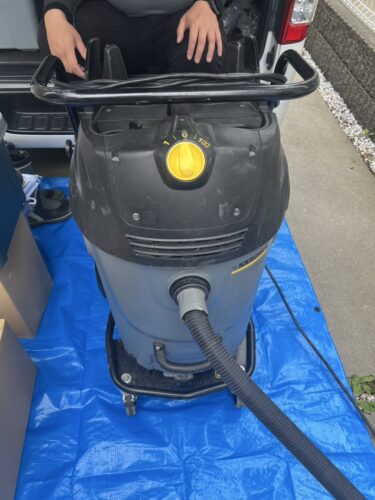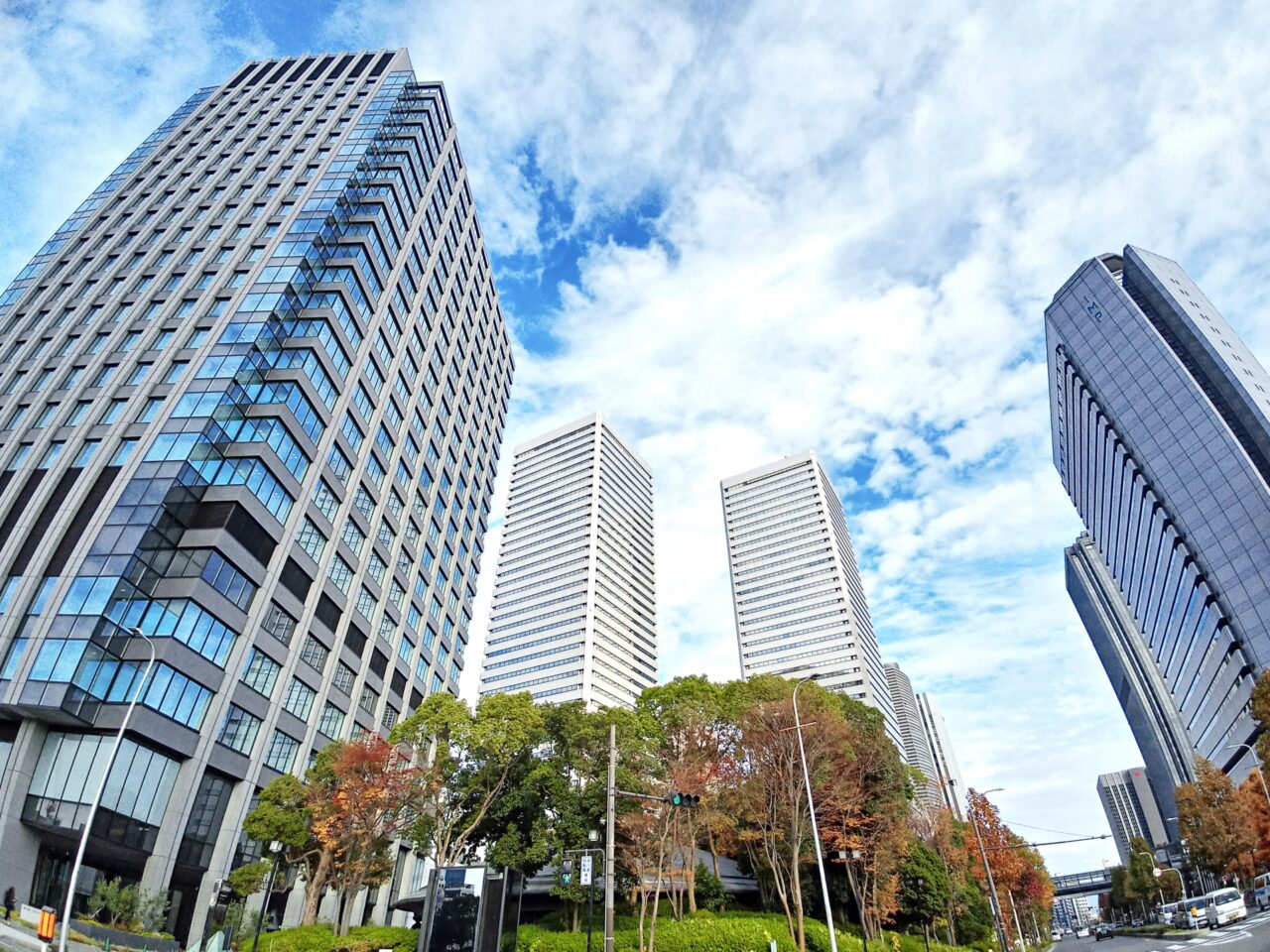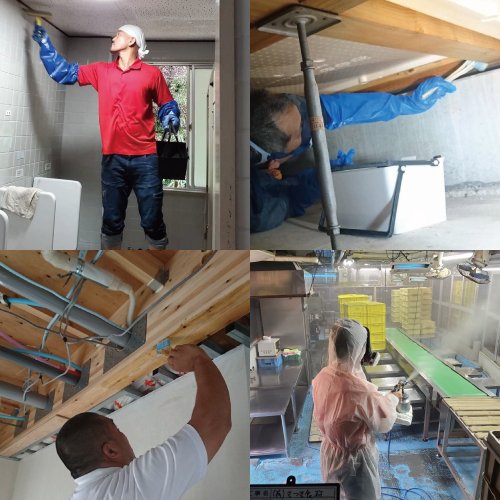Mold Problems in Japanese Homes: Challenges for Foreign Residents and High-Income Individuals
Japan’s humid climate often leads to mold issues, even in luxury residences occupied by foreign expatriates and high-income individuals. Particularly for those from Western countries, the prevalence of mold in Japanese homes can be both surprising and frustrating.
This article delves into the mold problems faced by foreign residents and affluent individuals in Japan, discussing health risks, potential depreciation of property value, and effective mold prevention methods.
By understanding and implementing appropriate measures, one can prevent mold-related issues and maintain a comfortable living environment.
1. Mold Issues in Japanese Homes Faced by Foreign Expatriates
When foreign expatriates begin living in Japanese homes, many encounter unexpected “mold problems.” Unique climatic conditions and architectural styles in Japan, coupled with cultural differences, often lead to confusion regarding appropriate responses.
1-1. Differences in Mold Prevention Practices Between Western Countries and Japan
In Western countries, homes are typically well-sealed, with significant emphasis on humidity control. Air conditioning and dehumidification systems are standard, and mold prevention is a common practice. Conversely, despite Japan’s prolonged periods of high humidity during the rainy season and summer, traditional architectural designs and ventilation systems often fall short, leading to inadequate humidity management within homes. Consequently, foreign expatriates from Western countries find mold growth in Japanese homes particularly alarming and perceive it as a serious issue. Black mold, especially prevalent in closets, bathrooms, and kitchens, is visibly unpleasant and significantly detracts from the living environment’s appeal.
1-2. Complaints About Mold from Foreign Residents and Underlying Factors
In high-end rental properties occupied by foreign expatriates, complaints to management companies or property owners about mold are frequent. When mold affects wallpaper, ceilings, or furniture, it poses health risks and impacts property value, necessitating prompt action. However, Japan’s housing management systems often attribute such issues to “tenant negligence,” failing to address the root causes effectively. These cultural differences and varying awareness levels regarding mold prevention contribute to mistrust between foreign residents and property managers.
2. Health Risks Associated with Mold Among High-Income Individuals
Even residents of luxury homes are not immune to mold, which can compromise both living conditions and health. The health implications of mold exposure are significant and should not be overlooked.
2-1. Health Risks Posed by Mold
Mold is not only an unsightly nuisance but also poses serious health risks. Black mold (Cladosporium species), which thrives in warm and humid environments, can trigger allergic reactions, asthma, and respiratory issues. Individuals with weakened immune systems, such as children, the elderly, or those with chronic illnesses, are particularly vulnerable to severe mold-related illnesses. Mold spores can become airborne and be inhaled, making them a hidden health hazard even when not visibly apparent.
2-2. Instances of Mold in Luxury Homes and Their Consequences
Luxury homes, despite their superior insulation and airtightness, can inadvertently trap humidity, creating ideal conditions for mold growth. Reports have emerged of mold developing within walls or beneath flooring insulation in upscale Tokyo apartments, leading to health complaints from residents. Symptoms such as allergies and chronic headaches may persist, with the underlying cause remaining unidentified for extended periods. To prevent such scenarios, thorough inspections and professional mold assessments are essential.
3. Importance of Mold Inspections in High-End Homes
Mold growth is not always visible, especially in luxury homes where attention to hidden structural areas is crucial. Proper mold inspections are vital for maintaining a comfortable living environment.
3-1. Necessity and Methods of Mold Inspections
Effective mold inspections go beyond visual assessments, employing tools like hygrometers, endoscopes, and infrared cameras to detect hidden mold in areas such as behind walls, under floors, and above ceilings. Professional evaluations are indispensable for early detection. Understanding mold-prone areas based on a home’s age and materials allows for targeted preventive measures. Inspections help identify problem areas and determine the most suitable remediation methods.
3-2. Effective Mold Prevention Using the MIST Method®
The MIST Method® involves spraying specialized mold-removal agents in a fine mist, eliminating mold at its root without damaging materials. The treatment is adjusted to match the pH of the surface, destroying mold cells and preventing recurrence. This method is particularly effective and safe for delicate materials like wood and stone commonly found in luxury homes. Additionally, post-treatment includes anti-mold applications to maintain cleanliness over extended periods.
4. Mold Recurrence and Its Impact on High-End Properties
Temporary solutions to mold problems are insufficient if recurrence occurs, as it can again negatively affect health and living conditions. For luxury properties, mold issues also pose serious risks to property value.
4-1. Key Strategies to Prevent Mold Recurrence
Preventing mold recurrence requires addressing the root causes. Installing ventilation fans or dehumidifiers in poorly ventilated areas is effective. Ensuring airflow behind furniture and within storage spaces is also crucial. Regular inspections and professional anti-mold treatments are indispensable. Revisiting the home’s overall airtightness and insulation structure can significantly aid in mold eradication.
4-2. Risks of Property Value Decline Due to Neglected Mold
Recurring mold can lead to discoloration and deterioration of wallpapers and flooring, severely impacting the property’s appeal. Visible mold during property viewings can deter potential buyers, leading to reduced sale prices. If mold infiltrates building materials, extensive repairs may be necessary, increasing maintenance costs. Thus, neglecting mold issues affects not only aesthetics but also the property’s intrinsic value.
5. Mold Issues in Subfloor and Ceiling Spaces and Their Solutions
Mold growth in hidden areas like subfloors and ceilings can go unnoticed, leading to significant damage. In luxury homes with complex structures, regular inspections are vital to prevent oversight.
5-1. Subfloor Mold Inspections and Preventive Measures
Subfloors are prone to moisture accumulation, and inadequate ventilation can foster mold growth. Japanese homes often have narrow subfloor spaces with poor airflow, leading to trapped humidity. To prevent mold, it’s effective to ensure subfloor vents are unobstructed and to install ventilation fans if possible. Neglecting subfloor inspections can allow mold to take root in structural materials, potentially leading to wood decay and termite infestations. Regular professional assessments and, when necessary, dehumidification treatments or anti-mold applications are recommended.
5-2. Ceiling Mold Issues and Their Remedies
Ceiling spaces are susceptible to moisture accumulation due to leaks or condensation, especially around air conditioning ducts and piping where temperature differences can cause condensation. Mold in ceilings can progress unnoticed, damaging ceiling materials and affecting indoor air quality. Simple visual checks through inspection hatches are often insufficient; using endoscopes or infrared cameras for thorough inspections is advisable. If issues are detected, removing sections of ceiling materials and employing non-destructive methods like the MIST Method® for safe and effective mold removal is crucial.
6. Addressing Mold Complaints from Foreign Residents
Complaints about mold from foreign expatriates and their families often stem from cultural differences and varying living habits, making simple cleaning insufficient.
6-1. Initial Responses Required from Management Companies and Owners
Upon receiving mold-related complaints from foreign residents, it’s essential to conduct sincere interviews and on-site investigations. Failing to understand the cultural expectations and hygiene standards of the complainants and responding with statements like “This is typical of Japanese homes” can lead to mistrust and potential legal issues. Engaging professional services for objective assessments and visualizing conditions through photos and data can facilitate understanding. Clearly documenting and explaining the response measures is also important.
6-2. Building Trust with Foreign Residents Through Consideration
To build trust across cultural differences, it’s vital to demonstrate commitment to preventing recurrence, not just offering apologies or repairs. Providing dehumidifiers, conducting regular mold inspections, or performing pre-occupancy mold removal using the MIST Method® can convey a sense of security. Additionally, preparing explanatory materials in English and establishing multilingual customer support systems can further enhance trust.
7. Long-Term Mold Prevention Strategies for Luxury Properties
One-time mold removal is insufficient; eradicating mold and maintaining the value of luxury properties requires a long-term perspective on mold prevention.
7-1. Importance of Regular Inspections and Maintenance
Maintaining aesthetics and comfort in luxury properties necessitates conducting regular inspections once or twice a year to detect early signs of mold. Focusing on areas prone to moisture, such as bathrooms, kitchens, subfloors, and ceilings, is essential. Based on inspection results, implementing necessary treatments can prevent issues from escalating into major repairs.
7-2. Utilizing the MIST Method® to Prevent Mold Recurrence
Unlike traditional methods, the MIST Method® allows for tailored treatments by adjusting agents according to the home’s materials and mold types. Simultaneously performing mold removal and anti-mold treatments significantly reduces recurrence rates, maintaining cleanliness over the long term. Post-treatment, mold prevention can last for several years, and combining this with regular anti-mold maintenance greatly contributes to preserving property value.
8. Deterioration of Living Environment and Family Impact Due to Mold
Mold not only affects the visual appeal of a home but also significantly impacts the quality of life and health of its occupants.
8-1. Risks of Worsening Allergies and Chronic Illnesses
Mold spores spread through the air, causing allergic reactions such as rhinitis, coughing, and dermatitis. For young children, the elderly, or individuals with chronic conditions, mold can exacerbate symptoms. Even in homes that appear clean, mold hidden in ceilings or walls can degrade air quality, leading to chronic health issues.
8-2. Psychological Stress and Decreased Comfort
The presence of mold undermines the sense of security and satisfaction in a home. Visible black spots and unpleasant odors cause psychological discomfort, significantly lowering the quality of daily life. Mold-related issues can also lead to stress and anxiety within families. The primary purpose of residing in a luxury home is to enjoy a comfortable and enriching lifestyle; mold problems fundamentally threaten this objective. Early detection and appropriate treatment are essential to safeguard a safe and comfortable living environment.
For Mold Removal, Prevention, and Renovation, Contact Kabibusters Osaka or Kabi Reform Tokyo/Nagoya
Addressing the growing mold issues in homes across Japan, “Kabibusters Osaka” and “Kabi Reform Tokyo/Nagoya” offer comprehensive services combining specialized mold removal techniques and renovation. Operated by Taiko Kensou Co., Ltd., we provide a one-stop solution for “Mold × Renovation,” encompassing not just mold elimination but also subsequent repairs and aesthetic restoration. We have extensive experience with luxury homes for foreign expatriates and high-end properties featuring delicate building materials.
Our core mold removal technology is the MIST Method®, a non-destructive treatment that eliminates mold without scrubbing or scraping, preserving materials and preventing recurrence through anti-mold applications. The agents used are proven safe through various tests, ensuring suitability for homes with young children or elderly residents.
Furthermore, Taiko Kensou Co., Ltd.’s renovation services cover both interior and exterior aesthetic restoration, as

